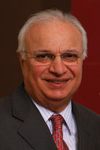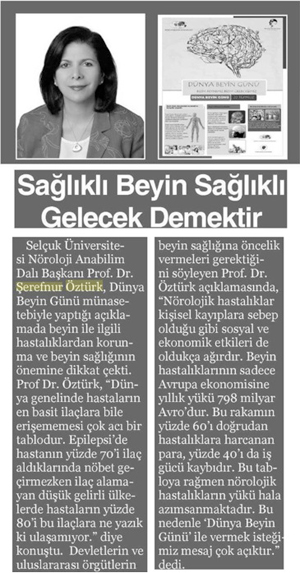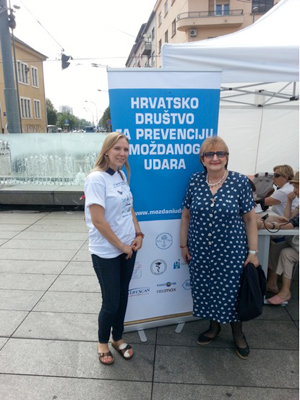25th SUMMER STROKE SCHOOL
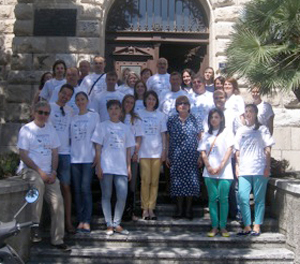
Lecturers and participants of the 25th Summer Stroke School.
This year in Dubrovnik, under the auspices of the Department of Medical Sciences – Croatian Academy of Sciences and Arts, our traditional 25th Summer Stroke School was held from June 9-13. The event was organized by Inter-University Centre in Dubrovnik, Croatian Stroke Society, Zagreb Institute for the Culture of Health, School of Medicine University of Zagreb, Central and Eastern European Stroke Society and the Applied Research Group on Delivery and Care of the World Federation of Neurology.
Directors of Summer Stroke School are: Prof. Vida Demarin (Croatia), Prof. Roman Haberl (Germany), Prof. Kurt Niederkorn (Austria), Prof. Tatjana Rundek (U.S.) and Prof. Zlatko Trkanjec (Croatia). The course brought together top experts from all over the world: Natan Bornstein (Israel), David Russell (Norway), Moise Desvarieux (U.S.), Yoshikazu Yonei (Japan) who, together with above mentioned course directors, shared their knowledge and experience with participants during the whole week, both from clinical work as well as from their rich scientific life.
The aim of this course is to contribute to the global fight against stroke, by increasing the knowledge, exchanging experiences and supporting the cooperation among the 60 participants from all over the world, from Albania, Bosnia and Herzegovina, Serbia, Macedonia, and Slovenia as well as from distant Kazakhstan, Zambia and Japan. Also, participants had the unique opportunity to exchange national data on stroke and discuss specific problems that are unique in some countries and together try to solve problems related to stroke, be they medical, economic or other nature.
During the week, participants presented interesting cases of stroke patients; there have been a total of 32 lectures and 30 presentations of interesting cases by the participants themselves. It was a fruitful and unforgettable experience for all of us.
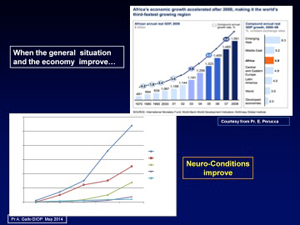
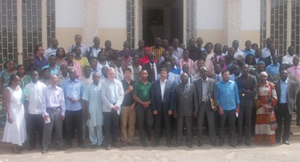
 This book reviews the history of the first 50 years of the WFN which was officially founded in 1957. One question immediately comes to mind: Why 1957? There may be a debate about the “date of birth” of neurology, but everybody agrees that it was firmly established as a discipline by the first part of the 20th century or even before that time. In subsequent years, there were several meetings attended by international members, even though the two World Wars forced the cancellation of some of these meetings. Why then did we have to wait until 1957 to see the foundation of WFN? One probable reason is that international collaboration, like international travel, was much less common than it later became. It took the strength and charisma of one man, Ludo van Bogaert, to carry through the creation of the federation. Note that in its early years, WFN was “worldly” only in name: Asia, Africa and Oceania were barely represented. Yet it was certainly quite international. A picture in the first pages of the book shows that of 10 delegates participating in an early WFN organizational meeting, one was from Cuba, one from Iran while a third was a neurosurgeon representing India. Iran and India were the only two Asian countries present in the initial years of WFN. In its first years, WFN survived mainly thanks to a grant from the US-based National Institutes of Health (NIH).
This book reviews the history of the first 50 years of the WFN which was officially founded in 1957. One question immediately comes to mind: Why 1957? There may be a debate about the “date of birth” of neurology, but everybody agrees that it was firmly established as a discipline by the first part of the 20th century or even before that time. In subsequent years, there were several meetings attended by international members, even though the two World Wars forced the cancellation of some of these meetings. Why then did we have to wait until 1957 to see the foundation of WFN? One probable reason is that international collaboration, like international travel, was much less common than it later became. It took the strength and charisma of one man, Ludo van Bogaert, to carry through the creation of the federation. Note that in its early years, WFN was “worldly” only in name: Asia, Africa and Oceania were barely represented. Yet it was certainly quite international. A picture in the first pages of the book shows that of 10 delegates participating in an early WFN organizational meeting, one was from Cuba, one from Iran while a third was a neurosurgeon representing India. Iran and India were the only two Asian countries present in the initial years of WFN. In its first years, WFN survived mainly thanks to a grant from the US-based National Institutes of Health (NIH).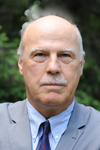
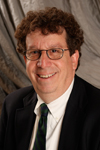
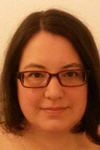
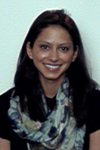


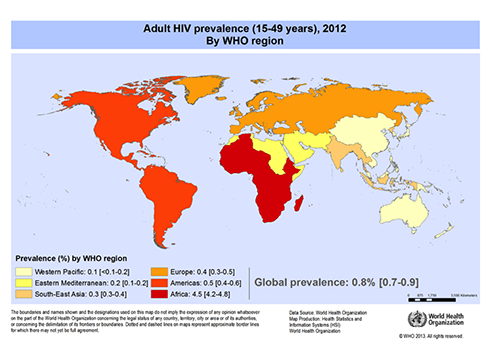 Incidence data on seizures in HIV infection has mostly been focused on new onset seizures (NOS). All the studies have been hospital-based and most are retrospective. The incidence ranges from 2-20 percent. The differences in incidence can be explained by the different inclusion and exclusion criteria in the studies and the specific groups surveyed. The relatively low incidence of two percent was from a study in New York where patients with provoked seizures were excluded. The high incidence of 20 percent came from Bangalore in India where the study population group was pre-selected in that all their patients had a pre-existing neurological disorder.
Incidence data on seizures in HIV infection has mostly been focused on new onset seizures (NOS). All the studies have been hospital-based and most are retrospective. The incidence ranges from 2-20 percent. The differences in incidence can be explained by the different inclusion and exclusion criteria in the studies and the specific groups surveyed. The relatively low incidence of two percent was from a study in New York where patients with provoked seizures were excluded. The high incidence of 20 percent came from Bangalore in India where the study population group was pre-selected in that all their patients had a pre-existing neurological disorder.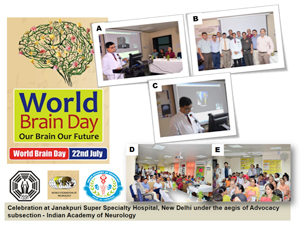
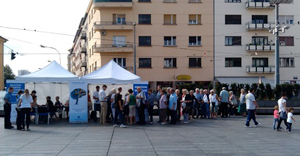
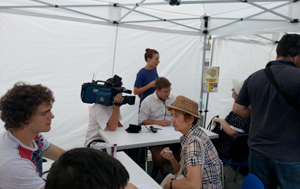
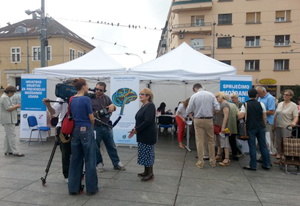
 On July 22, 2014, the World Federation of Neurology (WFN) launched the first World Brain Day – Our Brain, Our Future. It was dedicated to bring more attention to the importance of human brain in health and disease and highlight the need to prevent the neurological and psychiatric illnesses prevalent in the society. In India, the first World Brain Day was celebrated under the aegis of Indian Academy of Neurology all over the country with great enthusiasm. The banners, brochures and press release from WFN were circulated to all IAN members. The event helped in spreading the awareness regarding brain health, brain diseases and their prevention. A breakdown of how different centers celebrated activities follows.
On July 22, 2014, the World Federation of Neurology (WFN) launched the first World Brain Day – Our Brain, Our Future. It was dedicated to bring more attention to the importance of human brain in health and disease and highlight the need to prevent the neurological and psychiatric illnesses prevalent in the society. In India, the first World Brain Day was celebrated under the aegis of Indian Academy of Neurology all over the country with great enthusiasm. The banners, brochures and press release from WFN were circulated to all IAN members. The event helped in spreading the awareness regarding brain health, brain diseases and their prevention. A breakdown of how different centers celebrated activities follows.